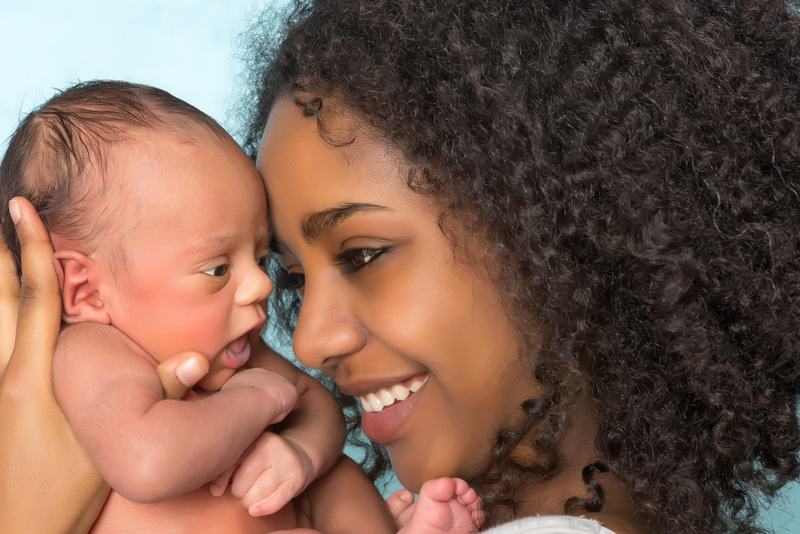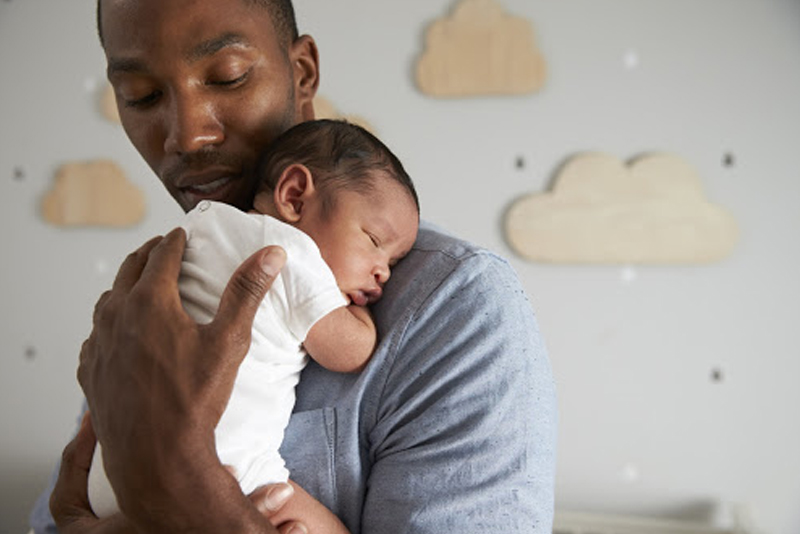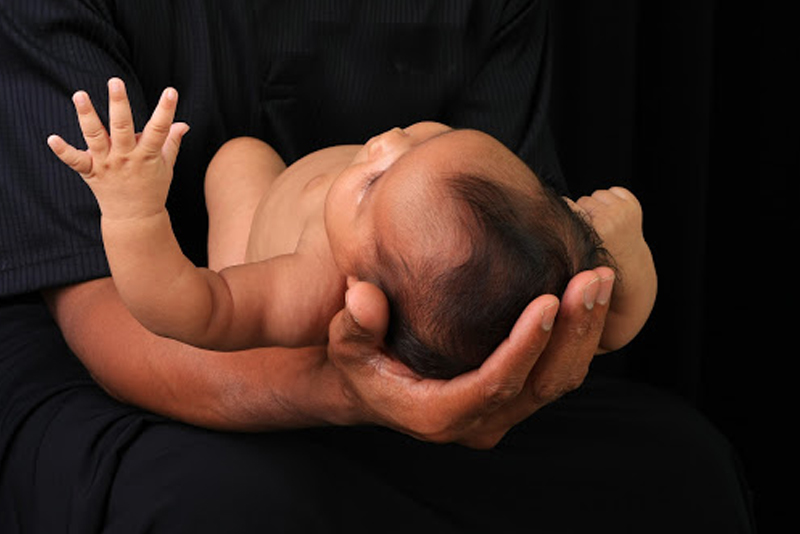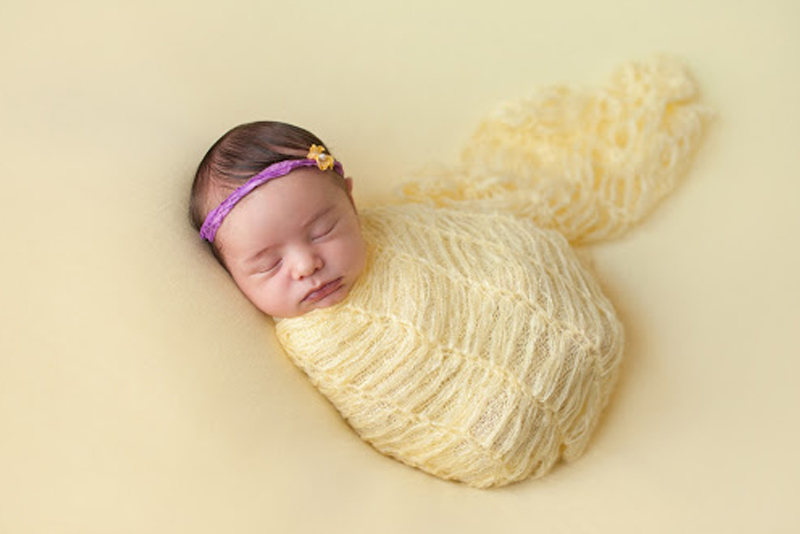How To Put A Baby To Sleep – Newborn babies tend to sleep a lot while their bodies are in the process of developing, growing and getting accustomed to the outside world. As your baby grows, their sleep habits will change. At first, most babies experience a sleep pattern that is sporadic. They will take multiple naps during the day and wake up often throughout the night. This is to be expected for the first few months.
Initially, you may find that your little one likes to stay awake at night. When your baby is born, they have no sense of day and night. Night feedings, wet diapers and an overstimulated brain all contribute to this. Helping your baby fall asleep easily will help both of you to avoid getting overtired. Here are a few tips that may help your baby learn to get a good night’s sleep.
How To Put A Baby To Sleep – Expert Tip 1, Minimize Eye Contact
Babies needs to start establishing sleep patterns in order to sleep through the night. If you find your baby awake in the night, avoid eye contact. Prolonged staring can be stimulating for infants. Your baby loves looking at you. They had heard your voice since before they were born. Making eye contact can make your baby very excited.
How To Put A Baby To Sleep – Expert Tip 2, Co-Sleeping
Some doctors do not recommend co-sleeping with your little one, but it’s understandable that you might want to keep your little bundle of joy close by at night. Per the Mayo Clinic, safe co-sleeping with your baby is difficult. A baby can become trapped between the headboard slats, in the space between the mattress and bed frame, or the space between the headboard and the wall. Letting your newborn sleep in your bed puts them at risk for rolling over them. There is also an increased risk of developing Sudden Infant Death Syndrome (SIDS) [1]. Experts recommend placing your baby in a crib or bassinet beside your bed within easy reach [2]. Also, do not keep blankets, stuffed animals or crib bumpers in the crib or bassinet.
How To Put A Baby To Sleep – Expert Tip 3, Create A Sleep Schedule
Do you want to know how to put a baby sleep? Teach your baby how to get to sleep without fussing by introducing a bedtime routine. At a specific time, reduce infant stimulation by turning down the lights and reducing noise. You can also include an activity that babies love, like rocking to sleep at night. Over time, your baby will associate this routine with restfulness and will fall asleep at the same time each night.
How To Put A Baby To Sleep – Expert Tip 4, Encourage Self-Soothing
Newborn babies spend a lot of their time crying. Crying is how your baby communicates. After your little one is a couple of months old, encourage self-soothing techniques. Some experts suggest parents refrain from running to their child’s bed when they start crying during the night. If they are not hungry or are not in need a diaper change, try letting them find their thumb to suck [3].
How To Put A Baby To Sleep – Expert Tip 5, Put Baby In The Crib When Sleepy
Instead of placing your sleeping baby in the crib, place them in bed while they are still awake but yawning. Many babies learn to associate their crib with sleeping. Put your baby in their bassinet or crib both at bedtime and when it is time to nap.
How To Put A Baby To Sleep – Expert Tip 7, Learn To Use Light Properly
Another tip on how to put a baby to sleep is to learn how to use light to your advantage. Since your baby’s circadian rhythm has not yet developed, expose your baby to morning light and then dim the lights as the night progresses. Be more active with your baby during the daytime and reduce activity at night. This will help your baby learn when it is morning and when it is night, so they will know if it is time to sleep [4].
How To Put A Baby To Sleep – Expert Tip 8, Swaddling Your Baby
It’s a good idea to swaddle your baby during the first two months to help them sleep better. Make sure that there are no toys, bottles, blankets or pillows that can suffocate your little one to avoid SIDS. You can give your baby a pacifier if you like, but make sure that it doesn’t come with clips or chords that can hinder their movements. Cot death has become common due to loose items left in cribs. Parents sometimes leave these items in the crib so that their baby can play with when they wake up. However, this should never be done as it can lead to suffocation.
How To Put A Baby To Sleep – Expert Tip 9, Provide Your Baby With The Right Support
Another tip to prevent sleep deprivation for both you and your little one is to ensure that your baby has adequate support. This simply means that your infant’s mattress should be firm with a fitted sheet that is snug to ensure that it doesn’t come off.
How To Put A Baby To Sleep – Expert Tip 10, White Noise
Some parents introduce white noise as a means of helping to soothe their baby. There are white noise machines as well as apps that are available.
A Word About SIDS
Sudden Infant Death Syndrome or Cot Death is the sudden, unexpected death of healthy children under one year of age. The cause of death can not be determined even after a medical investigation and an autopsy per the National Sleep Foundation, a sleep association that focuses on all things sleep [5].
The National Sleep Foundation lists the following factors that are believed to contribute to an increased risk of SIDS.
- Putting infant on their stomach to sleep
- Exposure to secondhand smoke
- Premature birth
- Baby’s weight is low
- Loose bedding: pillows, blankets, stuffed animals
- Overheating
- Mother that is younger than 20, smoked during pregnancy, did not receive prenatal care
- Co-sleeping [7]
Ensuring that healthy babies experience safe sleep practices does not eliminate the risk of SIDS but may substantially decrease the chances.
Infant sleep patterns are sporadic at best. But as your baby’s age increases, you’ll learn their cues and begin to anticipate their needs. Although there will be some nights that falling asleep will seem impossible and nap time is considered a commodity, you will experience a good night’s sleep soon enough!
How To Put A Baby To Sleep Resources:
[1] Mayo Clinic; Sudden infant death syndrome (SIDS).
[2][6] NHS; Cot death risk and fan use, October 07, 2008.
[3] Fit Pregnancy; 9 Easy Ways to Get Baby to Sleep Now, Erin Zammet Ruddy.
[4] Baby Center; Expert sleep strategies for babies, March 2016.
[5] National Sleep Foundation; Sudden Infant Death Syndrome (SIDS) and Sleep,












